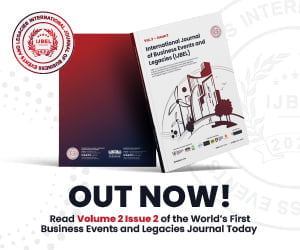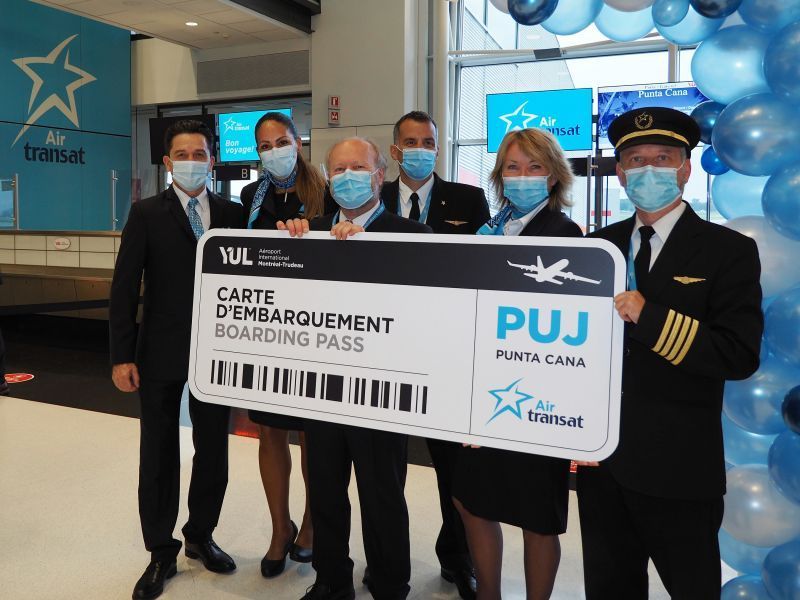The U.S. Travel Association, in its latest biannual forecast, has projected that international inbound and domestic business travel within the United States will continue to trail behind pre-pandemic levels in 2024.
This forecast, which encompasses travel trends up to 2027, was developed by Tourism Economics and follows closely on the heels of a global competitiveness report by Euromonitor International. This report placed the U.S. at a startling 17th out of 18 top markets, attributing this ranking to years of underinvestment and insufficient federal policy coordination.
“While we inch back to pre-pandemic travel numbers, other countries are actively advancing strategies to gain international visitors and are now ahead of the United States in the race to win back the global travel market,” said U.S. Travel Association President and CEO Geoff Freeman.
“The federal government can and must enact specific policies to jumpstart a more seamless, efficient and globally competitive travel industry.”
Despite signs of growth, international travel to the U.S. remains below pre-pandemic levels. The forecast predicts international travel volume to reach 98% of 2019 levels by 2024, a modest increase from 84% in 2023. However, a full recovery isn’t expected until 2025, with spending levels, adjusted for inflation, lagging until 2026. Factors like the anticipated global economic slowdown, a strong U.S. dollar, and extended visa wait times could further impede this growth.
In contrast, countries such as France and Spain have not only recovered their pre-pandemic visitation rates more rapidly but also expanded their share in the global travel market. This has led to a decline in the U.S. global market share.
Domestic business travel, although growing, faces a slower recovery pace. Projected to reach 95% of 2019 levels by the end of 2024, a full resurgence in volume is not anticipated until 2026. Economic slowdowns are expected to hamper this sector’s recovery, with spending levels not returning to pre-pandemic heights within the forecast period.
The domestic leisure sector, having fully recovered to pre-pandemic levels in 2022, experienced decelerated growth through three quarters of 2023. Factors contributing to this slowdown include higher borrowing costs, tighter credit conditions, and the recommencement of student loan repayments.
To bolster travel growth and enhance global competitiveness, the U.S. Travel Association suggests several policy interventions. These include reducing U.S. visitor visa interview wait times, which currently average 400 days in top visa-requiring markets, and decreasing Customs wait times at airports and other ports of entry. Other recommendations involve expediting the deployment of biometric entry-exit systems at airports, improving the overall air travel experience through Federal Aviation Administration legislation, and prioritizing travel industry growth federally.
Complementing the Euromonitor analysis, the U.S. Travel Association has established a Seamless and Secure Travel Commission. This body, comprising former government officials and private sector experts, is tasked with formulating policy recommendations to modernize travel experiences, boost U.S. competitiveness, and facilitate growth. The commission’s recommendations are expected in autumn 2024.
With these insights, the U.S. Travel Association underscores the urgent need for policy reform and investment to reclaim the U.S.’s position in the global travel market.












